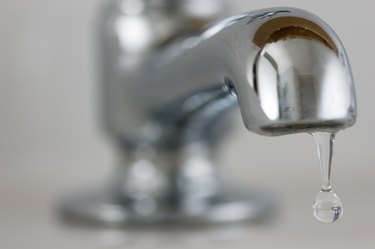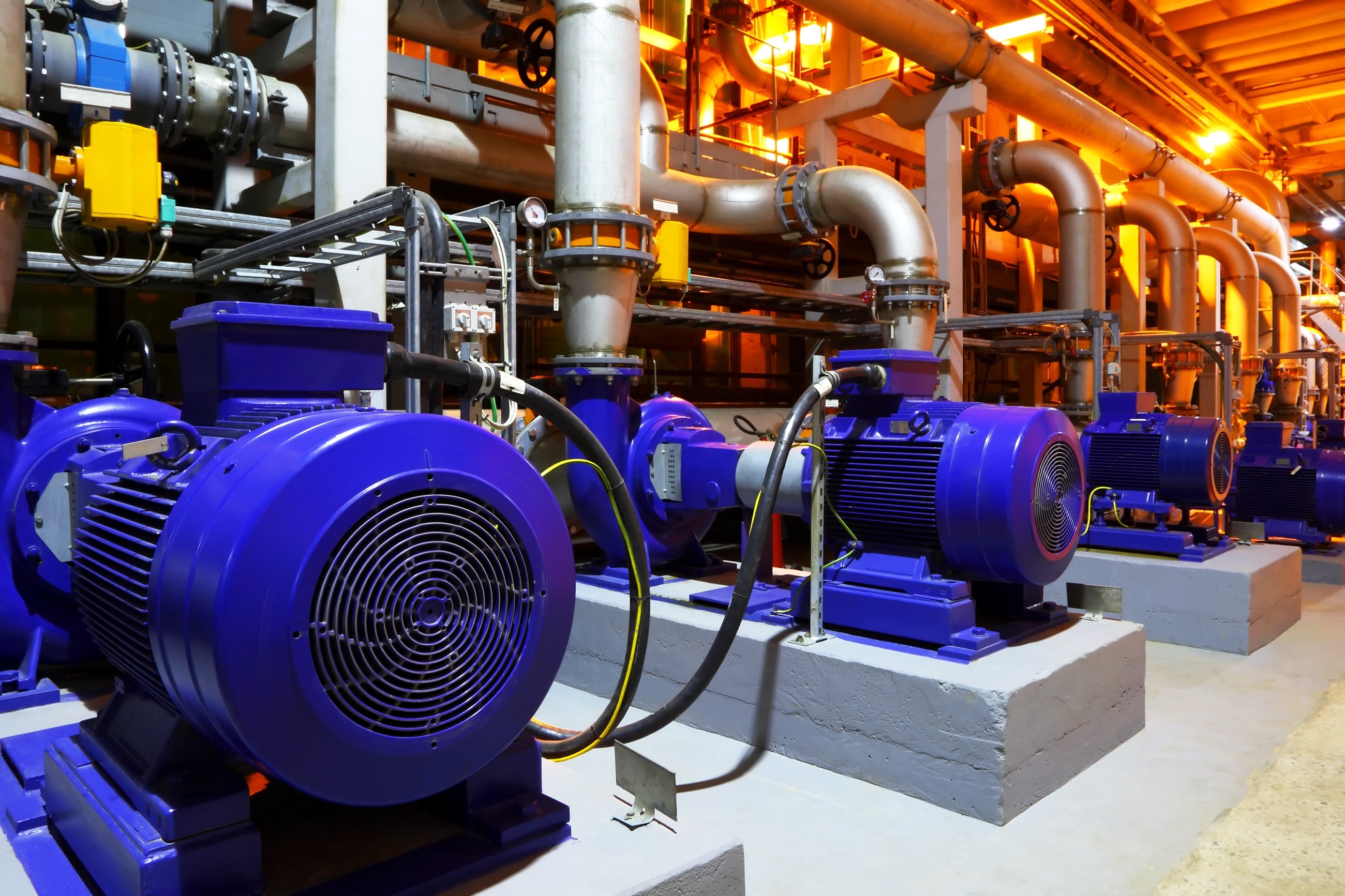An In-Depth Advice to Dealing with Low Water Pressure in Your Home
An In-Depth Advice to Dealing with Low Water Pressure in Your Home
Blog Article
This post following next relating to Dealing with Low Water Pressure in Your Home is incredibly insightful. Give it a try and draw your own personal ideas.

Low water stress in your home can be an aggravating trouble, impacting everything from bathing to washing dishes. If you're experiencing weak water flow, there are numerous feasible causes and remedies to check out. In this guide, we'll review typical factors for low tide stress and sensible steps to attend to the problem efficiently.
Intro to Low Tide Pressure
Low water pressure happens when the circulation of water from your faucets, showers, and various other components is weak than common. This can make daily jobs much more challenging and much less effective. Recognizing the reasons for low water stress is crucial to discovering the best remedy.
Common Reasons For Low Water Pressure
Faulty Stress Regulators
Pressure regulatory authorities are responsible for preserving regular water stress in your home. If they malfunction, it can result in low water pressure or irregular circulation throughout the house.
Metropolitan Water Supply Issues
In some cases, the issue exists outside your home. Municipal water system issues, such as main line leakages or upkeep job, can momentarily lower water stress in your area.
Pipeline Obstructions
Over time, pipelines can end up being obstructed with mineral deposits, debris, or particles, limiting the circulation of water. This is a typical concern in older homes with galvanized steel pipes.
Corrosion
Corrosion within pipelines can lead to leaks and lowered water pressure. Rust accumulation can constrict water flow, specifically in aging plumbing systems.
Just How to Identify Low Tide Stress
Examining Pipelines
Examine visible pipelines for indicators of leaks, corrosion, or blockages. Take note of any type of unusual noises, such as knocking or rattling pipelines, which could suggest concerns within the plumbing system.
Consulting with a Plumber
If you're incapable to pinpoint the source of low tide pressure, consider hiring an expert plumber to perform an extensive examination. They can determine underlying issues and advise ideal remedies.
Examining Taps and Fixtures
Beginning by testing the water stress at different faucets and components throughout your home. If the concern is separated to specific areas, it may suggest localized problems.
DIY Solutions to Deal With Low Tide Pressure
Flushing Hot Water Heater
Sediment build-up in the water heater can restrict circulation and minimize efficiency. Purging the storage tank regularly assists get rid of sediment and maintain optimal efficiency.
Checking Pressure Regulator
Ensure that the pressure regulator is functioning appropriately. Changing or changing the regulator can help recover appropriate water stress throughout your home.
Cleaning Up Aerators and Showerheads
Natural resources can collect in aerators and showerheads, decreasing water circulation. Get rid of and clean these components frequently to enhance water stress.
Clearing Up Clogs in Water Lines
For small obstructions, try using a plumbing snake or chemical drain cleaner to clear obstructions in pipes. Beware when making use of chemicals and comply with safety standards.
When to Call a Professional Plumber
If DIY initiatives stop working to resolve the issue or if you presume considerable plumbing problems, it's finest to look for help from a qualified plumber. They have the know-how and tools to resolve complicated problems safely and successfully.
Preventive Measures to Preserve Water Pressure
Mounting a Pressure Booster
Consider setting up a pressure booster pump to improve water pressure in areas with constantly reduced circulation. This can be especially helpful for multi-story homes or residential or commercial properties with high-demand components.
Tracking Water Use
Bear in mind water usage routines and avoid ill-using the plumbing system. Easy modifications, such as astonishing showers and washing loads, can help preserve appropriate water pressure.
Regular Upkeep
Schedule regular maintenance for your plumbing system to stop concerns such as deterioration, leaks, and clogs. Resolving small problems early can help prevent even more significant repairs in the future.
Conclusion
Managing low tide stress can be discouraging, yet recognizing the underlying reasons and applying ideal services can restore optimal flow throughout your home. Whether it's cleaning up aerators, examining pipelines, or talking to a plumber, taking positive steps can ensure a steady supply of water for your day-to-day needs.
9 Solutions to Low Water Pressure
If you have ever struggled to rinse the shampoo out of your hair, washed your hands under a trickle of water, or been forced to wait for your washing machine to complete a cycle, then you have experienced the nuisance of low water pressure. Low water pressure can turn a simple task into a hassle, but once you identify the cause, either the necessary plumbing fix or a water booster pump can drastically improve your water pressure. In this article, you can learn about nine common causes of low water pressure and how to resolve low water pressure in your home.
How do you know if you have low water pressure?
Testing your home’s water with a pressure gauge is the easiest way to find out if you have low water pressure. Pressure gauges are simple and inexpensive, and once installed, will allow you to check your water pressure with a quick glance.
If your water is from a municipal water supply, select an outdoor faucet near where the main water line enters your home. If your water is from a well, select a faucet that is close to the well’s pressure tank. Attach the pressure gauge to the faucet and tighten it. To get an accurate reading, make sure water isn’t being used anywhere else inside or outside the house, and then fully turn the faucet on. Once the faucet is on, you can read the water pressure on the gauge’s dial. Typical home water pressure should be between 40 and 50 psi, so if the dial reads less than 40 psi, you have low water pressure.
Do water booster pumps increase water pressure?
A water booster pump is a centrifugal pump that improves low water pressure and increases water flow. Much like how a fan’s blades create a gust of air, a water booster pump’s rotating impeller draws water in and then pushes it out with increased force. This force raises the water pressure in a system. A water booster pump is installed where the main water line enters your home, so water pressure is improved in every tap and appliance.
What causes low water pressure?
1. Hard water
If you have hard water, scale can accumulate in your pipes, restrict the water flow, and reduce your water pressure. Hard water has a high mineral content, specifically calcium and magnesium, and scale is formed when these mineral salts dissolve.
The solution: When scale buildup is severe enough to restrict water flow and reduce water pressure, the best solution is to replace your pipes. Products like CLR Calcium, Lime, and Rust remover can diminish scale, but as the scale comes off it may clog your pipes, creating another costly plumbing problem. Not to mention, it is never a good idea to put harsh chemicals in the pipes that supply your drinking water. To prevent scale in the future, we recommend installing a water softener.
The main water shut off valve is not open.
If your water pressure has suddenly decreased and you recently had a repair done, make sure the main water shut off valve is fully open. Most plumbing repairs require the water to be shut off, but if the valve is not completely opened afterward, your water pressure will be restricted.
The solution: Locate your main shut off valve, which is installed where the main water line enters your home, and fully open it by turning it counterclockwise.
A municipal water problem
Low water pressure may not have to do with your own plumbing system. Just like your home’s water supply, the municipal water supply is subject to problems that can cause low water pressure, such as leaks and corrosion.
The solution: Call the municipal water supply to report your low water pressure. Your input may alert them to the problem and will ensure your water pressure is restored as quickly as possible.
Faulty pressure regulator
A pressure regulator is a valve that reduces incoming water pressure as water flows into your home from the main service line. High water pressure can damage pipes and plumbing fixtures, so a pressure regulator is installed to protect your home plumbing system. Most are set to 50 pounds per square inch (psi), but if yours is set lower, your water pressure will feel low. If your pressure regulator is set to 50 psi but your pressure still feels low, it may be broken or clogged.
The solution: Adjust your pressure regulator’s setting to 50 psi if it is currently set lower. If your pressure regulator is faulty, ask a plumber to replace it.
A leak
A leak can reduce water flow and water pressure. To determine if you have a leak, turn all the faucets off inside and outside of your home. About an hour later, check your water meter. If it indicates you are using water, you have a leak.
The solution: Enlist the help of a licensed plumber to locate and repair the leak. Once the repairs are complete, your water pressure should return to normal.
https://www.freshwatersystems.com/blogs/blog/what-causes-low-water-pressure-and-how-to-improve-it

I came across that piece of writing about 10 Reasons for Low Water Pressure in Your House while exploring the search engines. Feel free to take a moment to distribute this blog if you appreciated it. We value your readership.
Call Today Report this page